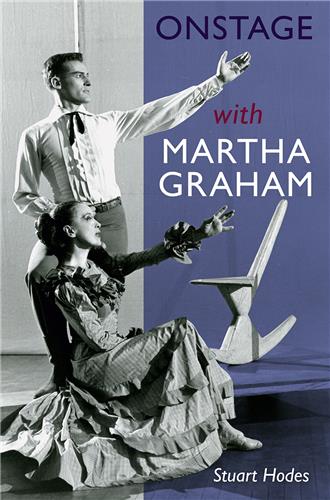In this introduction to the work of somatic dance education pioneer Nancy Topf, readers are ushered on a journey to explore the movement of the body through a close awareness of anatomical form and function.
Browse by Subject:
Please note that while you may order forthcoming books at any time, they will not be available for shipment until shortly before publication date
In this absorbing volume, Catherine Pawlick traces Vaganova's story from her early years as a ballet student in tsarist Russia to her career as a dancer with the Mariinsky (Kirov) Ballet to her work as a pedagogue and choreographer. Pawlick then goes beyond biography to address Vaganova's legacy today, offering the first-ever English translations of primary source materials and intriguing interviews with pedagogues and dancers from the Academy and the Mariinsky Ballet, including some who studied with Vaganova herself.
Decolonizing contemporary jazz dance practice, this book examines the state of jazz dance theory, pedagogy, and choreography in the twenty-first century, recovering and affirming the lifeblood of jazz in Africanist aesthetics and Black American culture.
Dancer and choreographer John Clifford offers a highly personal look inside the day-to-day operations of the New York City Ballet and its creative mastermind, George Balanchine.
This book cinematically illuminates the glamorous and moving life story of Tanaquil Le Clercq, one of the most celebrated ballerinas of the twentieth century.
This book explores the lives and careers of Todd Bolender and Janet Reed, two unsung trailblazers who were pivotal to the development of ballet in America over the course of the twentieth century.
Through a revolutionary ethnographic approach that foregrounds storytelling and performance, this book explores shared ritual traditions between the Anlo-Ewe people of West Africa and their descendants, the Arará of Cuba, who were brought to the island in the Atlantic slave trade.
Inspiring, revealing, and deeply relatable, Being a Ballerina is a firsthand look at the realities of life as a professional ballet dancer, showing what it takes to live a life dedicated to the perfection of the art form.
In his portrait of Martha Graham, who was the center of his dancing world, Hodes recounts conversations, revelations, bouts of temper and creativity, the daily ritual of deeply physical dancing, and the never-ending search for artistic validity. Direct, often humorous, and always authentic, Hodes shares his delight in dance as both hard work and a fantastic adventure.
In the first book to focus exclusively on George Balanchine’s early Russian ballets, most of which have been lost to history, Elizabeth Kattner offers new insights into the artistic evolution of a legend through her reconstruction of his first group ballet, Funeral March.











